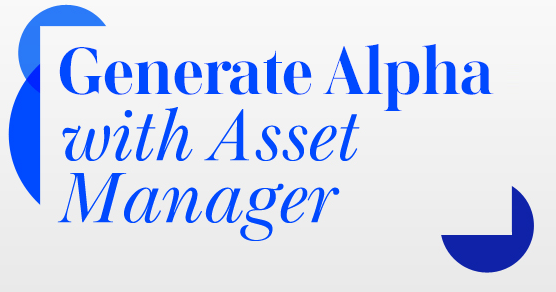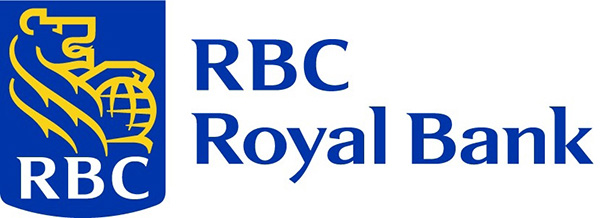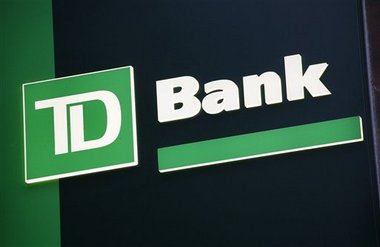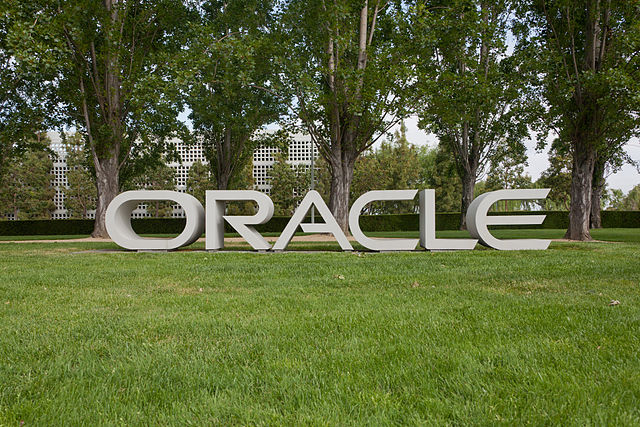The Differences between a Casino & a Stock Market
Investing in the stock market requires extensive research into the past performance of the market constituents, news, and other indicators that point to the future of the stock markets. The future can more or less be predicted by a detailed analysis of the underlying factors, but the actual results may not be guaranteed. It is possible for investors and speculators to make an informed decision through educated guesses, which is why stock market investing is considered by experts to be a viable form of investment.
Gambling in a casino, on the contrary, depends purely on chance, as it is impossible to predict the outcome. House edge in a casino leads to diminished odds, which also results in an adverse environment for players. The only benefit of playing at a casino is that players get to enjoy the gaming experience, and generally, have a good time with their family or friends.
Where do the Similarities Exist?
In a stock market, a trader or an investor must perform due evaluation and extensive analysis of the markets to make an informed decision. However, some people jump into the markets without any preparation, in which case, they are gambling with their money. Gambling is defined as wagering on anything with a chance, and if a trader decides to take a chance with the outcome of the price of a stock or an underlying index/exchange, he/she is better off wagering that money at a casino.
While preparation and expertise are an essential aspect of stock market investing, successful gamblers use their skills and analytical capabilities to beat the house or other players in a casino. Casino games such as Poker, Blackjack, and other card games involve a tremendous amount of skill, along with excellent money management skills. Therefore, experienced and successful gamblers are often considered as professionals and may be deemed to be the equivalent of successful investors and traders in a stock market.
Both industries have their risks and rewards, and it is difficult to make a judgment on which is the safer alternative. However, if you are looking to exercise your analytical prowess and the ability to understand the market, the stock market may be a safer bet for you; but if you are looking to have some fun and get lucky, gambling at an online or local casino is the better option.









